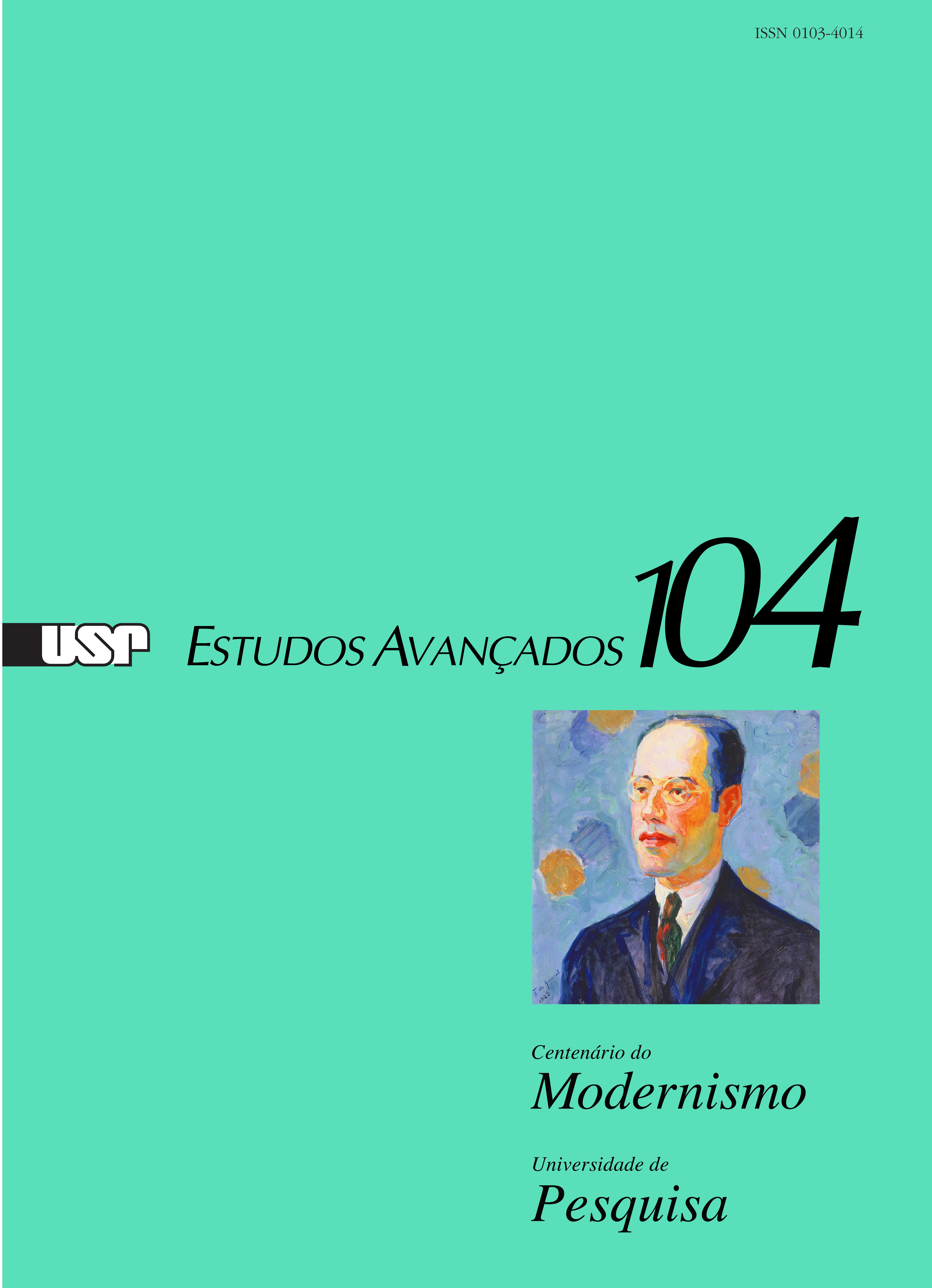60 years of Fapesp: A State policy for development
DOI:
https://doi.org/10.1590/s0103-4014.2022.36104.014Keywords:
Research technology, Innovation, Public policyAbstract
Fapesp is today the most solid research agency in Brazil. Strongly inspired by Positivism in its origins, it was forged over nearly eight decades. Its legal model influenced all other similar State foundations in the country, associating the constitutional guarantee of budgetary stability with an autonomous management that allocates 95% of its budget to research, in all areas of knowledge. In 60 years, the agency has accumulated successes in programs such as capacity building, competitive basic and applied research in bioenergy, agriculture, medicine, biodiversity, oceanography, astronomy, physics, mathematics, computing, social sciences, in addition to supporting innovation and cooperation between academia and businesses. Fapesp was the cradle of the internet, genomics and bioinformatics in Brazil, and has recently played a prominent role in the response of São Paulo’s society to the Covid-19 pandemic.
Downloads
References
CUGOLA, F. et al. The Brazilian Zika virus strain causes birth defects in experimental models. Nature, n.534, p.267-71, 2016.
DE ARAÚJO, P. F. C.; NICOLLELA, A. C. Contribuição da Fapesp ao Desenvolvimento da Agricultura do Estado de S. Paulo. Edição Fapesp, 2018. 412p.
GETSCHKO, D. Da Pirajussara à Pio XI. Pioneirismo Digital. In: Fapesp 60 anos: ciência, cultura e desenvolvimento. Fascículo 3, p.9, 2021.
KAID, C. et al. Zika virus selectively kills aggressive human embryonal CNS tumor cells in vitro and in vivo. Cancer Research, v.78, n.12, p.3363-74, 2018.
MARENGO, J. A. et al. Trends in extreme rainfall and hydrogeometeorological disasters in the Metropolitan Area of São Paulo: a review. Annals of the New York Academy of Sciences, v.1472, n.1, p.5-20, 2020.
MARQUES, F. O saldo de uma década. Pesquisa Fapesp, n.174, p.31, 2010.
MARTINS, J. S. A Fapesp e as ciências sociais. In: Fapesp 60 anos: ciência, cultura e desenvolvimento. Fascículo 2. p.4. 2021.
MENEGHINI, J. Fapesp 60 anos: ciência, cultura e desenvolvimento. Fascículo 2: DNA da ciência paulista, p.25-26, 2021.
NASCIMENTO, D. C. et al. Sepsis expandes a CD39+ plasmablast population that promotes immunosuppression via adenosine-mediated inhibition of macrophage antibacterial activity. Immunity, v.55, n.9, p.2024-41, 2021.
PEDROSA, R. H. L.; DINI, N. P.; SANTA-CRUZ, J. Sumário. Gerência de Estudos e Indicadores. São Paulo: Fapesp, 2019.
SILVA JUNIOR, C. H. L. et al. Benchmark maps of 33 years of secondary forest age for Brazil. Scientific Data, v.7, n.1, p.269, 2020.
TOLEDO, K. Patients own cells are used in innovative treatment for cancer. Agência Fapesp, 31675, 16.10.2019.
VOLTARELLI J. C. et al. Autologous nonmyeloablative hematopoietic stem cell transplantation in newly diagnosed type 1 diabetes mellitus. JAMA, v.297, n.14, p.1568-76, 2007.
ZAGO, M. A. A Fapesp e a Agropecuária Paulista. Folha de S.Paulo, São Paulo, 16.5.2019. Opinião, p.A3.
Downloads
Published
Issue
Section
License
Copyright (c) 2022 Marco A. Zago

This work is licensed under a Creative Commons Attribution-NonCommercial 4.0 International License.
Estudos Avançados não celebra contrato de cessão de direitos autorais com seus colaboradores, razão pela qual não detém os direitos autorais dos artigos publicados. Os interessados em reproduzir artigos publicados na revista devem necessariamente obter o consentimento do autor e atribuir devidamente os créditos ao periódico.


